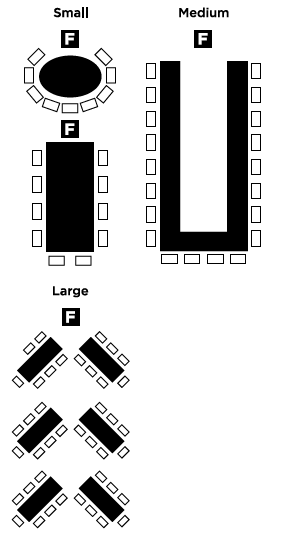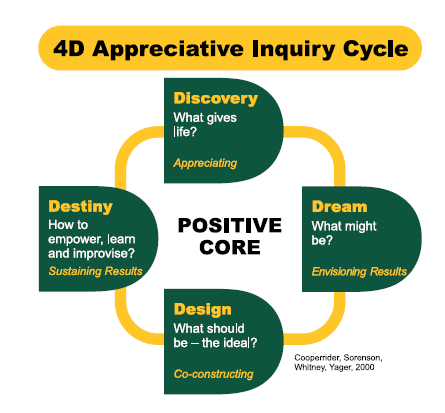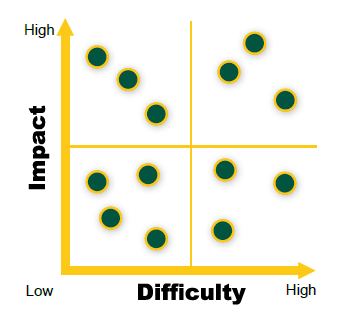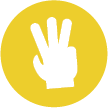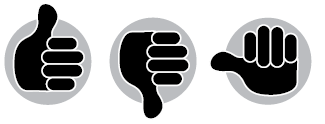Academic leadership support: Prioritizing as a group (2014). University of Wisconsin-Madison.
Booth, N. (1996). Meeting room games: Getting things done in committees. St. Paul, Minn.: Brighton Publications.
Contracting and handling logistics (1999). Facilitation Resources Volume 2. University of Minnesota Extension.
Cooperrider, D., Sorenson, P. Jr., Whitney, D., and Yager, T. (2000). Appreciative inquiry: Rethinking human organization toward a positive theory of change. Champaign, Ill.: Stripes Publishing
Cooperrider, D. L., Whitney, D., and Stavros, J.M. (2003). Appreciative inquiry handbook. Bedford Heights, Ohio: Lakeshore Communications Inc.
Decision making techniques: Criteria grid. University of Minnesota Extension.
Hammond, S., and Royal, C. eds. (1998). Lesson from the field: Applying appreciative inquiry. Plano, Texas: Practical Press, distributed by the Thin Book Publishing Co.
Hammond, S. (1998). The thin book of appreciative inquiry. Plano, Texas: Thin Book Publishing Co.
Managing group interaction (1999). Facilitation Resources Volume 4. University of Minnesota Extension.
Seeds for change: Strengthening co-operation, empowering resistance. First to five activity.
Simon, C. (2017). Brainstorming and reviewing using the carousel strategy.
Understanding facilitation. (1999). Facilitation Resources Volume 1. University of Minnesota Extension.
Whitney, D., Cooperrider, D., Trosten-Bloom, A., and Kaplin, B.S. (2002). Encyclopedia of positive questions: Using appreciative inquiry to bring out the best in your organization. Euclid, Ohio: Lakeshort Communications.
